The EIA Just Released a 30 Year Energy Outlook. It’s… Not Great
Union of Concerned Scientists
MARCH 16, 2022
It’s widely viewed as the “gold standard” for energy projections, even though there’s much debate in the energy community about the validity of the assumptions behind these projections. We’re risking more impacts from climate change due to continued reliance on natural gas and oil.



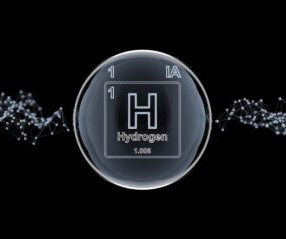

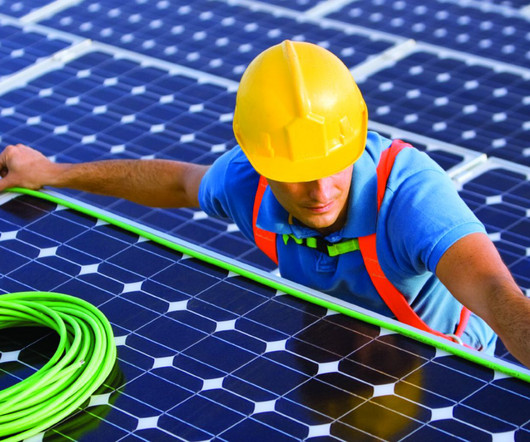
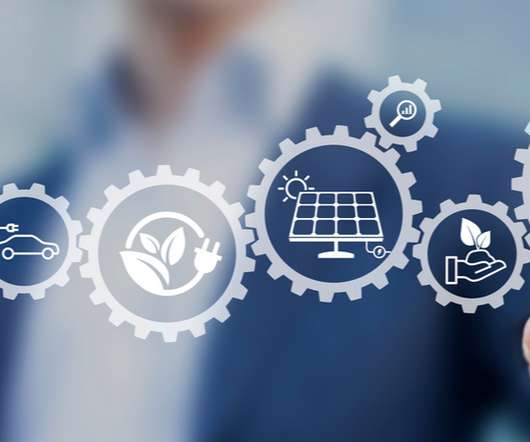
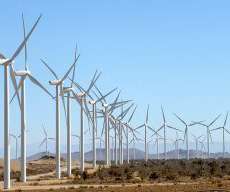

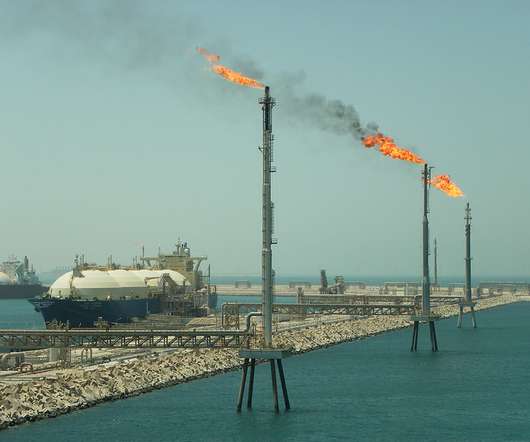
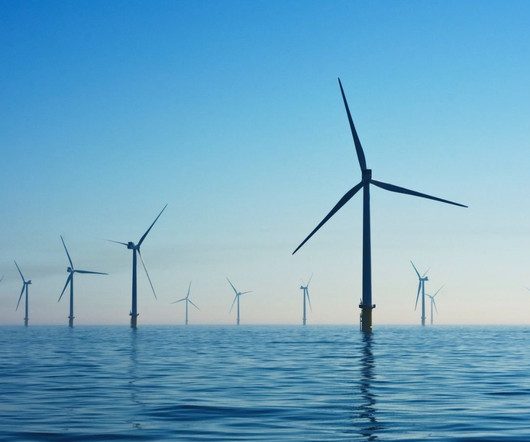


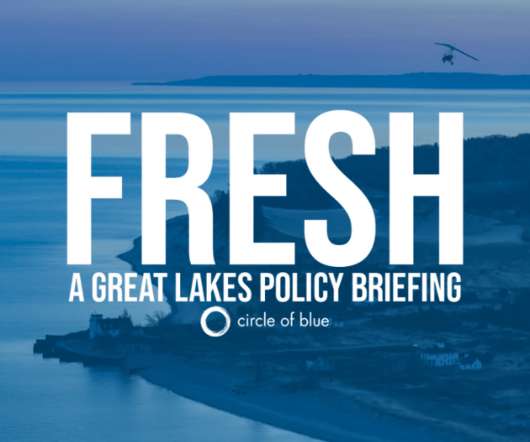



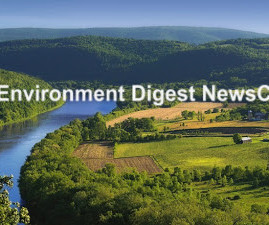






Let's personalize your content